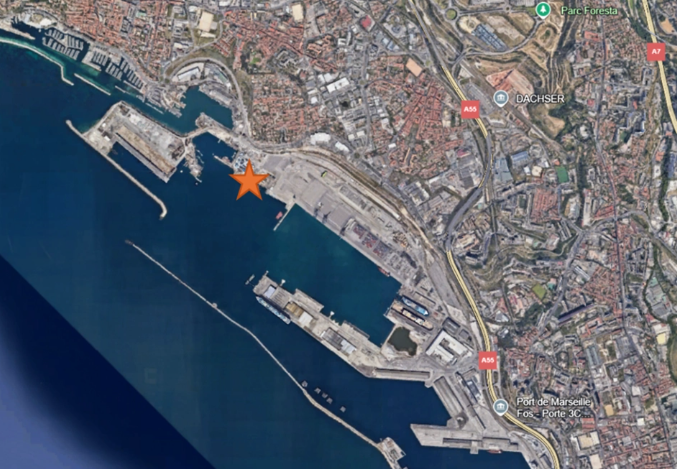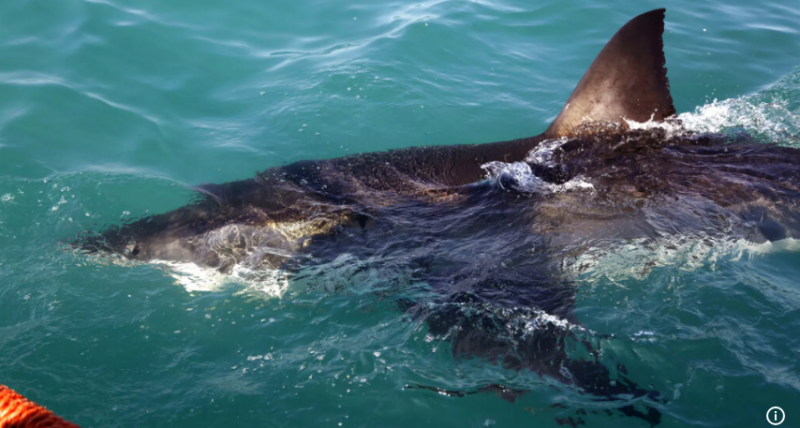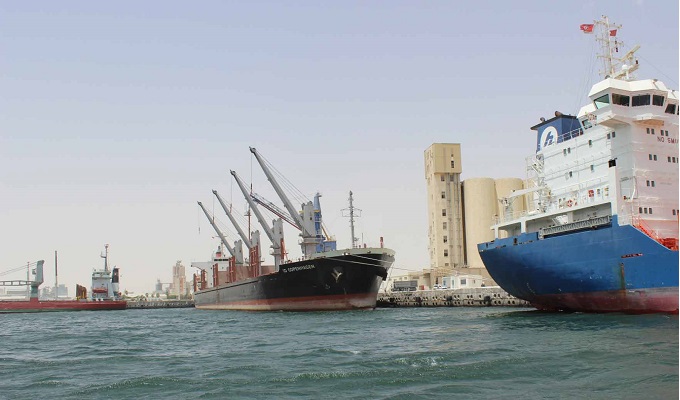An installation made possible thanks to the commitment and support of the EU, the Sud Region, and the Marseille Fos Grand Port Maritime.
Marseille-Port Nord is AtmoSud’s new air quality reference monitoring cabin installed within the Marseille Fos port area.
AtmoSud is strengthening its air quality surveillance network at the main ports in the Sud Region by deploying a new reference station to measure air pollutants inside the Marseille Fos Grand Port Maritime (GPMM).
Named Marseille-Port Nord, this cabin has been operational since July 15 on the quay beneath the Mourepiane cliff in the northern zone of the GPMM. Its location is strategic due to its proximity to the container terminal, the largest repair dock in the Mediterranean (dock 10), and the cruise terminal.
Monitoring Maritime Pollutants in Real Time
This new station tracks in real time the evolution of key pollutants emitted by the maritime sector: fine particulate matter PM2.5, ultrafine particles (UFP) and their Black Carbon concentrations, nitrogen oxides (NOx), and sulfur dioxide (SO2). These pollutants primarily originate from fossil fuel combustion and have significant ecological and health impacts.
Data is accessible in real time on atmosud.org.
In a territory where maritime activities are the leading source of nitrogen oxides emissions in the Bouches-du-Rhône and Marseille (33% and 53% of emissions respectively), and second at the regional level (21%), monitoring pollutant trends in this sector is crucial.
A Comprehensive Monitoring Network
This new cabin complements the installation of the first station at the southern part of the Port Marseille Fos last year: Henri Verneuil station, located next to the Terrasses du Port shopping center.
It is part of a comprehensive air quality monitoring system being deployed near the eastern basins of the port between 2023 and 2025.
This system includes reference measurements, a network of 13 sensors, individualized ship emission measurements, and numerical simulations of smoke plumes. It also incorporates citizen observations collected on the Signal’Air participatory platform to report visual and olfactory pollution.
Measuring the Effectiveness of Implemented Actions
The atmospheric pollutant measurements also allow verification of whether the sector’s actions align with European requirements to achieve zero net emissions from ships by 2050. « Although the maritime sector may have appeared lagging on this point, the Port of Marseille Fos is now ahead of the 2030 regulation, » comments Damien Piga, Head of Innovation at AtmoSud.
The cabin’s location was chosen in consultation with local residents’ associations and the GPMM management, which shares its data with AtmoSud and financially supports the entire monitoring system.
Statement from Hervé Martel, Chairman of the Management Board of Port Marseille Fos
« Air quality is and will remain a major concern for the Port of Marseille Fos. This new cabin strengthens an essential system: independent, continuous, and accessible measurement of the atmospheric environment around port facilities. Providing precise, localized data is a prerequisite for collective progress: to better understand emission sources, objectify trends, and above all, to develop effective solutions in partnership with local stakeholders.
This fits within a broader effort undertaken by the port to reduce nuisances, notably through electrification of our docks. Our ambition is clear: to make the Port of Marseille Fos a model of sustainable industrial development, consistent with the expectations of local residents, our economic partners, and communities. »
Good to Know
The regional charters for air quality commitment (2019) and sustainable cruising (2023–2025), led by the State, have been signed by key port stakeholders (GPMM, UMF, Cruise Club, etc.). These formalize the ports’ commitment, beyond regulatory obligations, to control emissions of atmospheric pollutants and greenhouse gases.
Financial Support from Europe and the Sud Region
This measurement cabin is among the most comprehensive in AtmoSud’s monitoring network. Its deployment was made possible through partnership with the GPMM and financial support from Europe and the Sud Region as part of the regional “Zero Smoke Port Call” initiative.
Statement from Renaud Muselier, President of the Provence-Alpes-Côte d’Azur Region and Delegate President of Régions de France
“With the Zero Smoke Port Call Plan, we have invested €31 million to connect all ferries bound for Corsica and the Maghreb to shore power, and an additional €10 million to connect up to three cruise ships simultaneously. As a result, emissions from ferries have been reduced by 25%, and by the end of 2026, we expect to save 20,000 tons of CO2 and 40 tons of sulfur dioxide.
This air monitoring cabin developed by AtmoSud will allow us to track these data. By the end of 2026, the Region aims to connect 60% of cruise ship calls to significantly reduce their air quality impact.”
Key Figures
- Worldwide, maritime pollution causes 60,000 deaths annually — equivalent to the entire populations of Fréjus, Hyères, Cagnes-sur-Mer, or Arles. (Source: Nature scientific journal)
- Environmentally, maritime transport accounts for 3% of global anthropogenic CO2 emissions. Currently exceeding one billion tonnes, these emissions could increase by 130% by 2050 according to the International Maritime Organization.
- A cruise ship idling at berth for one hour emits as much pollution as approximately 30,000 vehicles driving at 30 km/h (Source: French Senate).
- Burning one liter of marine fuel in a ship engine emits up to 80,000 times more particles than burning one liter of diesel fuel in a vehicle engine equipped with a particulate filter (Source: AtmoSud).
Source: presseagence




